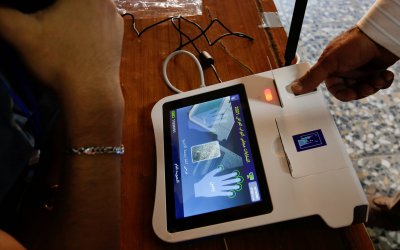This report analyzes the 2018 government formation process in Iraq. It argues that the process is marked by two competing trends, a bottom-up movement demanding institutional change symbolized by a low voter turnout and incumbency rate, and a top-down system that reinforces identity-based politics and the post-2003 order. The failure to officially identify the largest governing political bloc exemplifies this friction and paves the way for political instability. This report is based on interviews with Iraqi officials and activists in Baghdad, Basra, Mosul, Ramadi, Erbil and Sulaymaniyah between March and December 2018. This report is the final in a series of three produced by IRIS as the outcome of a project examining the mobilization strategies and results of the 2018 Iraqi elections.
Click here or on the image below to access the report, here to read the part one, "Iraq Votes 2018: Electoral Mobilization Strategies," and here to read part two, "The 2018 Iraqi Federal Elections: A Population in Transition?"
Funder of the Study: UK Department of International Development
Grantees: London School of Economics | American University of Iraq, Sulaimani
Project title: Reporting on the Federal Elections




